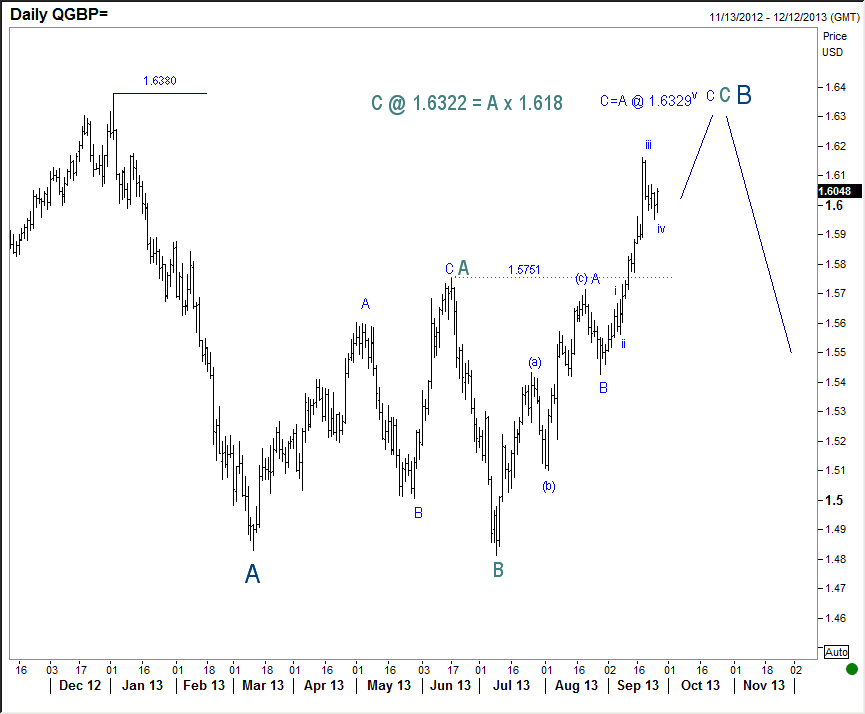Currency
 The crucial story for gold investors is not the pure inflation rate of the dollar, but something much deeper. When you focus on gold, you should sharpen the focus of your lens on the dollar system. As history confirms, gold can both increase and decrease under inflationary circumstances. It is also the case when considering the opposite scenario, which is deflation. It all depends on how well the dollar system is performing (how well is both dollar as a currency and dollar understood as dollar denominated assets; bonds, stocks, derivatives, credits etc.).
The crucial story for gold investors is not the pure inflation rate of the dollar, but something much deeper. When you focus on gold, you should sharpen the focus of your lens on the dollar system. As history confirms, gold can both increase and decrease under inflationary circumstances. It is also the case when considering the opposite scenario, which is deflation. It all depends on how well the dollar system is performing (how well is both dollar as a currency and dollar understood as dollar denominated assets; bonds, stocks, derivatives, credits etc.).
The easiest way to look at the dollar is to compare it as a currency against all the other currencies. This, in fact, was the best way to assess the dollar from 2002-3, when it started to lose its value against other currencies and gold began its long and spectacular upward climb. This took place while a bubble formed in dollar denominated assets, especially real estate.
In 2008 there was a radical shift. Shortage of liquidity in the financial markets lead to massive selloffs of assets in all markets, with emerging markets being hit the most. That’s when the dollar got a gust of air in its sails, and increased significantly in value. Under current circumstances, the dollar – as a currency – does not appear to look that bad. Even when compared to other strong currencies the dollar looks firm. The central bankers who print the British pound and the Japanese yen seem to be devaluation devotees and the euro is still recoiling from the turmoil of numerous internal problems.
Therefore, when looking purely at the currency markets, the dollar does not appear as endangered as it may seem. However, as we hinted at the beginning, this is not the whole story. We have to assess not only the dollar against other currencies, but the entire dollar system, that is dollar denominated assets. The dollar may be a better investment than the British pound, but the big question is whether gold may be an even better investment than the dollar even when it outperforms the pound.
So how is the dollar system performing internally? One of many possible things to focus on is the interventionist policy of the government, especially the central bank. This can tell us how firmly the economy stands.
In the recent years we witnessed tremendous expansion in the Fed’s activity. Since it all comes down to money creation (supplied for financial papers and bonds), this influence is rather negative for the whole dollar system. This means that from the economic point of view, the outlook for gold is quite favorable for the coming years.
The above essay is based on our latest (published yesterday) Market Overview report entitled “The Dollar System and Possible Tapering” in which we discuss when the tapering is likely to take place, what part of the Fed’s minutes is crucial, the shocking link between Fed’s assets and the stock market prices. If you’re interested, you can sign up here.
Thank you.
Matt Machaj, PhD

 “One day this whole credit bubble will be deflated very badly – you are going to experience a complete implosion of all asset prices and the credit system…”
“One day this whole credit bubble will be deflated very badly – you are going to experience a complete implosion of all asset prices and the credit system…”
Marc Faber was in fine form at the CLSA Investor Forum, dispensing his trademark gloom and doom. The final keynote was a tour de force of the history of debt, asset bubbles and financial markets in the 20th and 21st centuries.
“Unlike the ’50s and ’70s when there was relatively less overall debt, a financial market crash did not inflict great damage on the economy.
Debt levels are significantly higher these days, and so a market crash can inflict serious damage on economies.
We’ve gone through a period of huge asset inflation, in stocks, bonds, commodities, and real estate, and we essentially now have in the world, a huge asset bubble.
So everything is grossly inflated.”
In addition there has since 2007 been:
“colossal asset inflation” in high-end goods…
…..read more HERE
More items:
- Marc Faber : The danger is that the whole Financial System could blow up
- Marc Faber: The whole Financial System could blow up due to the huge amount of Derivatives still outstanding
- Marc Faber : The danger is that the whole financial system could blow up due to the huge amount of derivatives still outstanding
- Marc Faber: The whole Global Financial System will have to be Reset

Real GDP grew 0.6% in July in line with expectations, rebounding from a 0.5% decline in June.
Goods production rose 1.2%. Construction, manufacturing, as well as mining and oil and gas extraction all increased, while utilities and the agriculture and forestry sector declined.
Drew Zimmerman
Investment & Commodities/Futures Advisor
604-664-2842 – Direct
604 664 2900 – Main
604 664 2666 – Fax
800 810 7022 – Toll Free

Quotable
“Never in history has hyperinflation resulted from governments monetizing domestic spending.”
Michael Hudson
Commentary & Analysis
GBP/USD to 1.6300? Three rationales…
1) Much stronger than expected (by me) rebound in the UK economy will likely positively impact the market view of Bank of England monetary policy going forward, i.e. the rationale that more stimulus would be needed to ensure a recovery is now in question—that is GBP/USD positive.
2) Still negative British pound positioning by specs in CME futures per the latest Commitment of Traders report; however, this is clearly conversion flow from the prior week as British pound short positioning fell by 20,653 contracts.
3) Technically it appears at least one more thrust higher is in order.

Please click here for a view video update [shared yesterday with BSFX members]
Regards,
Jack Crooks
Black Swan Capital
www.blackswantrading.com, info@blackswantrading.com
Sign-up for Jack’s Free Currency Currents HERE (enter email on the upper right)

 “…The East and South China Seas are the scene of escalating territorial disputes between China and its neighbors, including Japan, Vietnam, and the Philippines. The tensions, shaped by China’s growing assertiveness, have fueled concerns over armed conflict and raised questions about Washington’s security commitments in its strategic rebalance toward the Asia-Pacific region.”
“…The East and South China Seas are the scene of escalating territorial disputes between China and its neighbors, including Japan, Vietnam, and the Philippines. The tensions, shaped by China’s growing assertiveness, have fueled concerns over armed conflict and raised questions about Washington’s security commitments in its strategic rebalance toward the Asia-Pacific region.”
Please click HERE to view the excellent summary of this important issue – Regards Jack & JR












